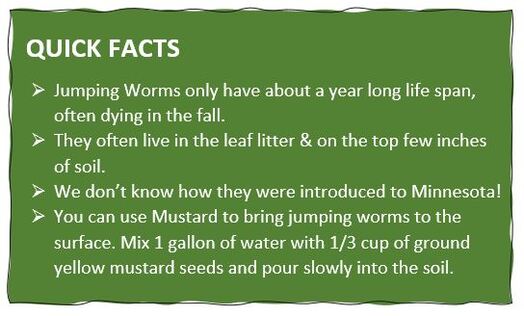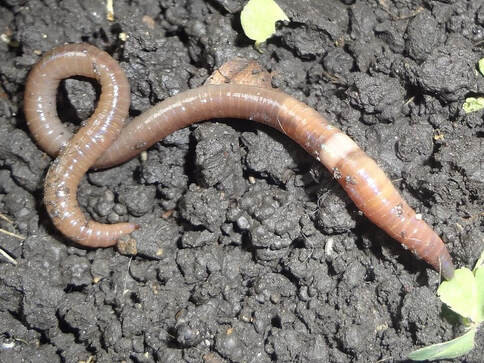What are Jumping Worms?
Jumping worms are a type of earthworm. They get their name due to their unusual behavior when disturbed, since they move like a snake and sometimes can appear to be jumping.
Jumping Worm Origin
As you may not know, earthworms are not native to Minnesota and other northern states. They are native to Asia. The spread of Jumping Worms happens through moving potted plants, soil, compost, fishing bait and mulch.
Threat to Minnesota?
The main problem with Jumping Worms is that they are very hungry and reproduce rather rapidly! They feast on mulch and strip the vital nutrients from soils, which causes an increase in erosion and ultimately kills plants. As they devour soils, and remove all vital nutrients, it causes the soils to change into an almost coffee ground like texture. (This also prevents the water holding ability of the soils.) Once they are established, the Jumping Worm can cause environmental harm.
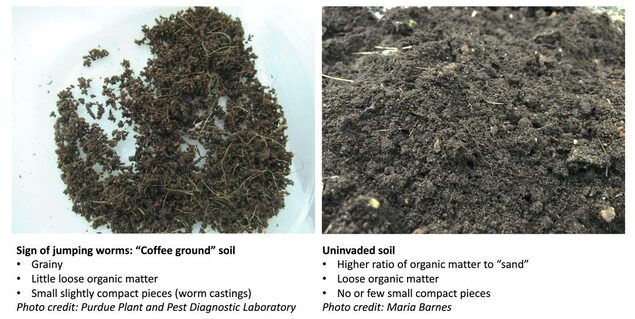
Keys for Identification
Worms that are more of a gray-brown color, that are slightly more iridescent and shiny.
- Look for soils with a similar look to coffee grounds
- Active Worms (See this video from Wisconsin DNR)
- Jumping Worms tail can break off when they are disturbed
You can also view “Meet the Jumping Worm” webpage for a more detailed description.
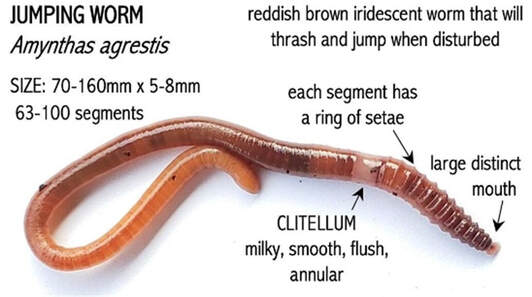
How can I prevent the spread?
As of right now, preventing the spread is more effective than trying to control the current established population. Inspect all mulch, plants, soils, and bait for Jumping Worms. Once you identify them in your garden, please hand collect, seal them in a bag and dispose of them in the trash. Here are some other tips:
Don’t buy worms advertised as Jumping Worms, Crazy Worms or Alabama Jumpers. Purchase plants from a reliable source.
Never release any worm into the environment, instead dispose of worms in the trash in a sealed bag.
Keep an eye on your soils, potted plants, mulch & compost.
When possible, plant bare-root plants or use seeds.
Always clean off your gardening tools when taking it to another location.
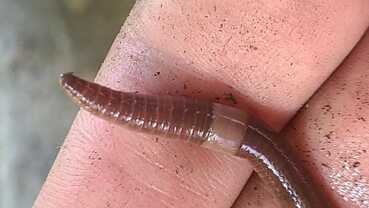 Other Helpful Articles/Videos:
Other Helpful Articles/Videos:
- invasive jumping worms: Impacts and prevention
- Jumping worms: What anglers should know
- ABCs of composting with earthworms safely
- Play Clean Go: Stop Invasive Species in Your Tracks
What should I do if I notice a Jumping Worm?
Please report all or new occurrences of Jumping Worms to the DNR by emailing . Or you can log in and submit a report through EDDMapS Midwest.
- Take Clear, High-Resolution photos of the Jumping Worm
- Take a short video of the worm
- If possible, keep the Jumping Worm in case an expert wants to view or test the sample
How does Minnesota Mulch & Soil prevent the spread of Jumping Worms?
Jumping worms, and their cocoons are unable to survive temperatures over 100 degrees. Our mulch is processed twice, and the rotor grinds the wood at a very high temperature. Besides the grinding temperature, the mulch is stored in large piles that are also over 100 degrees on concrete. Our soils are also kept & processed at over 100 degrees. Also, please note that the MDA does not regulate manufacturers from preventing or testing for jumping worms. Although we take the necessary measures to ensure the best quality products that are Jumping Worm free!
If you would like to know more information regarding our products, please call us at 651-330-0299 or .
If you want to hear more Tips, Tricks & Information; Please follow and like us on Facebook & LinkedIn!
Happy Gardening!
